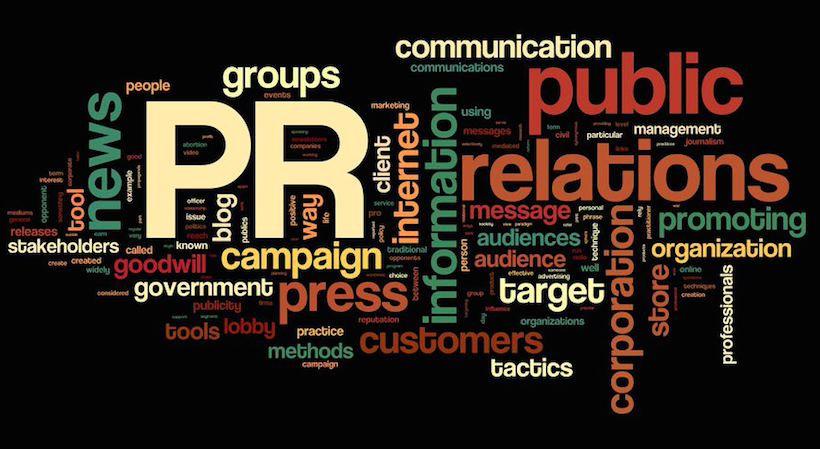You have an important announcement going out. Maybe you are launching a new product, you’ve hired a top-tier executive, raised a round of funding or landed a brand-name client. You want to shout this news out to the world, but like many startup founders, you lack the cash flow for a PR firm and don’t have the know-how to identify the right group of reporters or publications that will be interested in the news you want to share.
Enter competitive and subject matter media analysis.
Conducting this research prior to your announcement hitting the airwaves will ensure that you are telling your story to the right reporter who is writing about your specific announcement and subject matter.
This piece breaks down the how and why behind this tried and true PR tactic that every startup should be conducting on a regular basis.
Related: How to Ensure That You are Properly Telling Your Startup’s Story
Why is this so important?
PR can be a tricky game, so you have to stay on top of what people are writing about and the major trends related to your business. Reporters, editors and producers receive a crazy number of emails, many of which are irrelevant to their beat, each and every day.
According to TechCrunch’s Jonathan Shieber, “The best way to get coverage is to do some research on the types of pieces reporters typically cover. Find the stories that they spend the most time on or have written about repeatedly and pitch something with those interests in mind. There’s no guaranteed way to ensure that the story you want will be the story that ends up in a publication, but finding the right person to tell that story and reaching out to them in a personalized way certainly helps. That takes legwork on the part of the person doing the pitching, but the more effort they put in, the better the outcome.”
Digging in and understanding what a reporter is writing about and what news is resonating in the media these days will go a long way when you pitch your business or big announcement to the editorial community.
What do I need to do?
First and foremost, always remember that subject matter, matters. Take a careful look at your announcement and pull out the subjects that are relevant to your announcement.
For example, let’s say your team has developed a technology that is disrupting programmatic advertising technology in the streaming media space. The first thing you want to do is identify competitors that are also operating in the market. Streaming radio companies, programmatic advertising technology providers, digital media/ad tech businesses… they should all be on your list.
Using Google News and other news aggregation tools, begin searching for these companies and the articles they are appearing in. Collect the story name, link and reporter responsible for the article. Then do some reading and weed out the ones that are irrelevant to your announcement.
You’ll also want to visit each competitor online and review the stories that they have posted in the news or press sections on their websites. Compare what is posted with what you have researched and add in any relevant articles that you have missed.
Next, do a subject matter search using terms from your announcement, such as “programmatic advertising,” “ad tech,” “streaming media advertising,” etc. Once again, Google News and other aggregators will help you find articles that are in line with your overall announcement subject. Again, you’ll read through these pieces and weed out anything that is not in line with the story you are trying to tell.
Sign Up: Receive the StartupNation newsletter!
Whom do I contact?
This is where the digging comes in. Once you’ve completed the first two steps of your news analysis, you’ll need to find out how to contact each of the reporters on your list. This can be quite tedious, but is worth every effort. Oftentimes an email address or contact sheet will be included at the end of an article or in the Contact Us section of the website for the publication the reporter writes for. Use this to gather email addresses for the reporters you want to contact.
You may not find all of this information online, and if so, you could turn to an online database service to help gather these details. Some of these services include Muck Rack, Cision and Vocus, but note that PR firms pay a hefty price to have access to these services. An alternative would be to reach out to a smaller firm and work with their team to help you complete or build out your entire list.
Once you’ve completed this exercise, you’ll have the most important tool needed to start conducting outreach. Since you have done your research, reporters will be more likely to respond and request more information.






